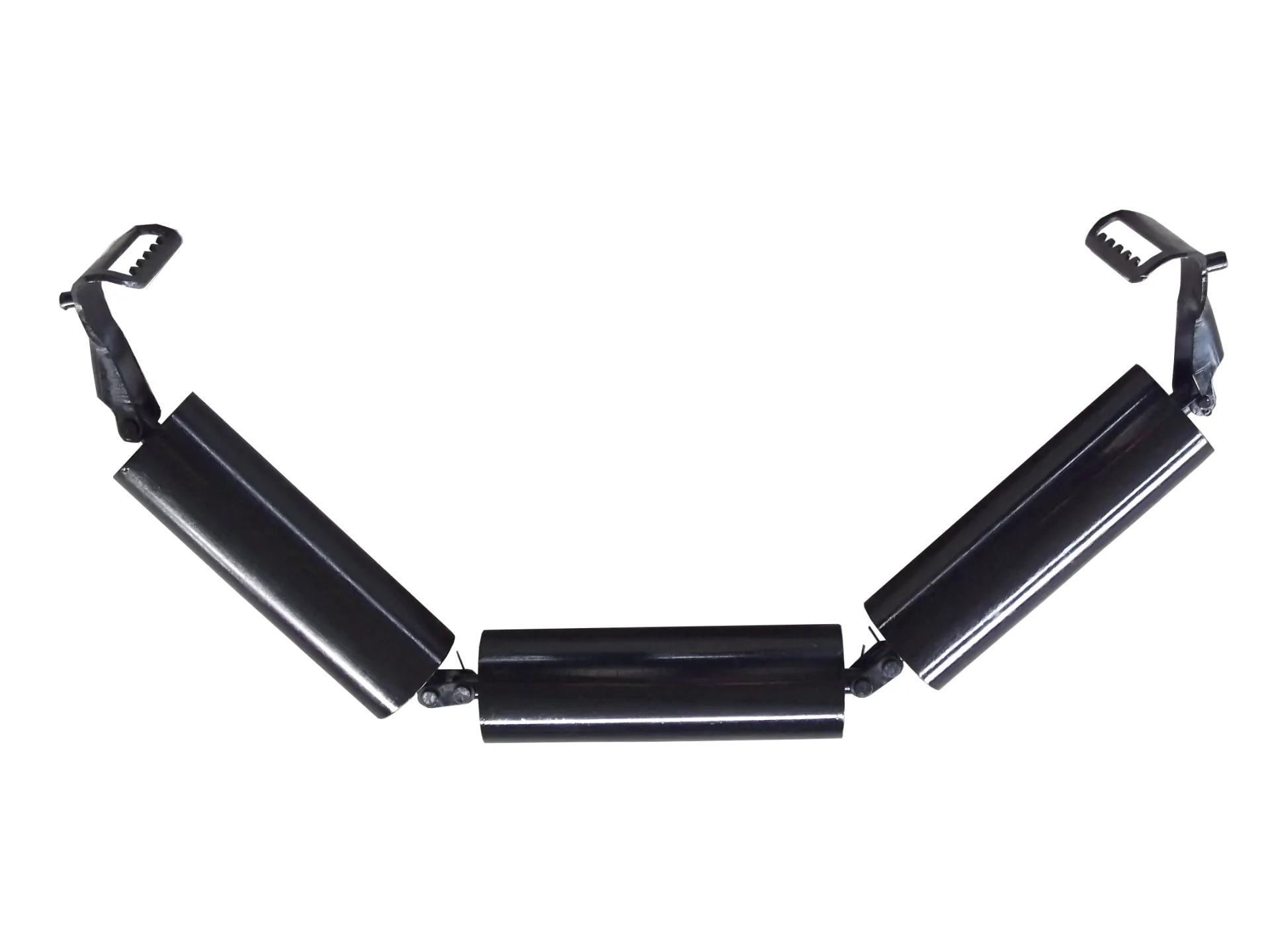 Afrikaans
Afrikaans  Albanian
Albanian  Amharic
Amharic  Arabic
Arabic  Armenian
Armenian  Azerbaijani
Azerbaijani  Basque
Basque  Belarusian
Belarusian  Bengali
Bengali  Bosnian
Bosnian  Bulgarian
Bulgarian  Catalan
Catalan  Cebuano
Cebuano  Corsican
Corsican  Croatian
Croatian  Czech
Czech  Danish
Danish  Dutch
Dutch  English
English  Esperanto
Esperanto  Estonian
Estonian  Finnish
Finnish  French
French  Frisian
Frisian  Galician
Galician  Georgian
Georgian  German
German  Greek
Greek  Gujarati
Gujarati  Haitian Creole
Haitian Creole  hausa
hausa  hawaiian
hawaiian  Hebrew
Hebrew  Hindi
Hindi  Miao
Miao  Hungarian
Hungarian  Icelandic
Icelandic  igbo
igbo  Indonesian
Indonesian  irish
irish  Italian
Italian  Japanese
Japanese  Javanese
Javanese  Kannada
Kannada  kazakh
kazakh  Khmer
Khmer  Rwandese
Rwandese  Korean
Korean  Kurdish
Kurdish  Kyrgyz
Kyrgyz  Lao
Lao  Latin
Latin  Latvian
Latvian  Lithuanian
Lithuanian  Luxembourgish
Luxembourgish  Macedonian
Macedonian  Malgashi
Malgashi  Malay
Malay  Malayalam
Malayalam  Maltese
Maltese  Maori
Maori  Marathi
Marathi  Mongolian
Mongolian  Myanmar
Myanmar  Nepali
Nepali  Norwegian
Norwegian  Norwegian
Norwegian  Occitan
Occitan  Pashto
Pashto  Persian
Persian  Polish
Polish  Portuguese
Portuguese  Punjabi
Punjabi  Romanian
Romanian  Russian
Russian  Samoan
Samoan  Scottish Gaelic
Scottish Gaelic  Serbian
Serbian  Sesotho
Sesotho  Shona
Shona  Sindhi
Sindhi  Sinhala
Sinhala  Slovak
Slovak  Slovenian
Slovenian  Somali
Somali  Spanish
Spanish  Sundanese
Sundanese  Swahili
Swahili  Swedish
Swedish  Tagalog
Tagalog  Tajik
Tajik  Tamil
Tamil  Tatar
Tatar  Telugu
Telugu  Thai
Thai  Turkish
Turkish  Turkmen
Turkmen  Ukrainian
Ukrainian  Urdu
Urdu  Uighur
Uighur  Uzbek
Uzbek  Vietnamese
Vietnamese  Welsh
Welsh  Bantu
Bantu  Yiddish
Yiddish  Yoruba
Yoruba  Zulu
Zulu troughing roller
Understanding Troughing Rollers Their Importance in Conveyor Systems
In the world of industrial material handling, conveyor systems serve as the backbone for transporting various goods efficiently. Among the different components of these systems, troughing rollers play a crucial role. These specialized rollers are designed to support and guide conveyor belts, ensuring smooth and reliable operation. In this article, we will delve into the functionality, benefits, and applications of troughing rollers, as well as considerations for their maintenance and selection.
What are Troughing Rollers?
Troughing rollers are cylindrical supports that hold the conveyor belt in a trough shape, typically angled at 20 to 45 degrees. This design ensures that the materials being transported are contained within the belt, preventing spillage and improving load stability. Troughing rollers are generally mounted on frames at specific intervals along the conveyor to provide continuous support to the belt.
The key feature of troughing rollers is their ability to maintain the integrity of the belt's shape. By creating a concave profile, they help in efficiently carrying bulk materials like coal, grains, and minerals without the risk of them falling off. The rollers are typically made from durable materials such as steel or rubber, designed to withstand the significant wear and tear caused by heavy loads and constant friction.
Benefits of Troughing Rollers
1. Improved Load Security One of the primary advantages of using troughing rollers is their capacity to securely hold bulk materials, minimizing spillage that can lead to wastage or safety hazards.
2. Reduced Wear and Tear The design of troughing rollers helps distribute weight evenly across the belt, reducing the wear and tear on both the belt and the rollers. This translates into lower maintenance costs and an extended lifespan for equipment.
3. Enhanced Material Handling Efficiency With a structured trough shape, these rollers optimize the space for materials, allowing for increased loads without compromising on conveyor speed or performance.
4. Adaptability Troughing rollers can be used in various conveyor designs, making them suitable for different industries, including mining, agriculture, and manufacturing. Their modular nature allows for easy installation and adjustment, catering to specific operational needs.
troughing roller

5. Reduced Power Consumption Efficient movement of material with fewer spills and reduced friction means lower energy requirements. Troughing rollers thus contribute to the overall energy efficiency of the conveyor system.
Applications of Troughing Rollers
Troughing rollers are widely used across various sectors. In mining operations, for example, they are essential for transporting heavy loads of ores and minerals. In agriculture, they facilitate the movement of grains and fertilizers. Additionally, manufacturing plants utilize troughing rollers to handle components and packaging materials efficiently.
In the waste management sector, these rollers are crucial in conveying recyclable materials where prevention of spillage is paramount. Troughing rollers also find applications in airport baggage handling systems, ensuring that luggage is transported securely and swiftly.
Maintenance and Selection Considerations
To maximize the efficiency and lifespan of troughing rollers, regular maintenance is necessary. This includes inspecting roller bearings for wear, ensuring proper alignment, and cleaning to remove debris that can cause friction and damage. Lubrication of moving parts is also critical to prevent corrosion and facilitate smooth operation.
When selecting troughing rollers, it is essential to consider the type of materials being transported, the weight and volume of the load, and the operating environment. Factors such as temperature extremes, humidity, and the presence of corrosive substances should influence roller material selection to ensure durability.
Conclusion
Troughing rollers are a vital component in the efficient operation of conveyor systems. Their ability to securely hold materials while minimizing wear and tear makes them indispensable in multiple industries. By understanding their functionality, advantages, and the importance of maintenance, businesses can enhance their material handling processes, ensuring smooth and efficient operations. As industries continue to evolve, the role of troughing rollers in conveyor systems will undoubtedly remain significant, contributing to innovation and efficiency in material transport.
-
Revolutionizing Conveyor Reliability with Advanced Rubber Lagging PulleysNewsJul.22,2025
-
Powering Precision and Durability with Expert Manufacturers of Conveyor ComponentsNewsJul.22,2025
-
Optimizing Conveyor Systems with Advanced Conveyor AccessoriesNewsJul.22,2025
-
Maximize Conveyor Efficiency with Quality Conveyor Idler PulleysNewsJul.22,2025
-
Future-Proof Your Conveyor System with High-Performance Polyurethane RollerNewsJul.22,2025
-
Driving Efficiency Forward with Quality Idlers and RollersNewsJul.22,2025





























